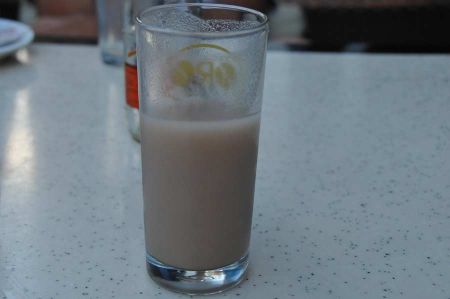Boza - an ancient, fermented soft drink
- Written by Portal Editor
After our extensive and sweaty mountain hiking tour, Rino invited us for a refreshing drink in a mountain village during the descent.
Usually a shandy was ordered, which is also produced and sold in Macedonia by companies based here and which, alongside wheat beers and other isotonic soft drinks, is known to be an excellent thirst quencher. However, our attention fell on a drink at the next table that we were not familiar with either because of its colour or its consistency: Boza.
A thirst-quenching, isotonic drink - Boza
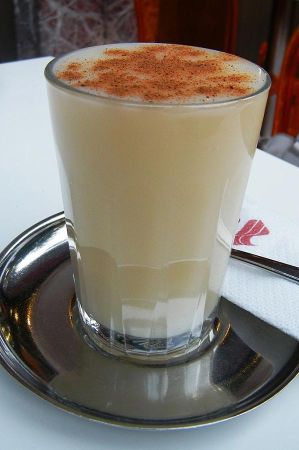 Of course, immediate demand followed and a round of Boza, which was served in normal 0.2 litre drink glasses, was quickly ordered. Only after initially cautiously trying it out were we convinced that we had found a soft drink that also had all the qualities of a healthy soft drink, thirst-quenching and invigorating. At least we were sure about the ingredients, because the majority of the drink consisted of the malt of corn and wheat, which were served fermented. Boza is somewhat thicker in consistency, has a very low alcohol content of usually less than one percent and has a slightly sour taste. In many Balkan countries, Boza is known as a summer refreshing drink, especially since it has a long history.
Of course, immediate demand followed and a round of Boza, which was served in normal 0.2 litre drink glasses, was quickly ordered. Only after initially cautiously trying it out were we convinced that we had found a soft drink that also had all the qualities of a healthy soft drink, thirst-quenching and invigorating. At least we were sure about the ingredients, because the majority of the drink consisted of the malt of corn and wheat, which were served fermented. Boza is somewhat thicker in consistency, has a very low alcohol content of usually less than one percent and has a slightly sour taste. In many Balkan countries, Boza is known as a summer refreshing drink, especially since it has a long history.
Xenophon already reported on fermented grain drinks
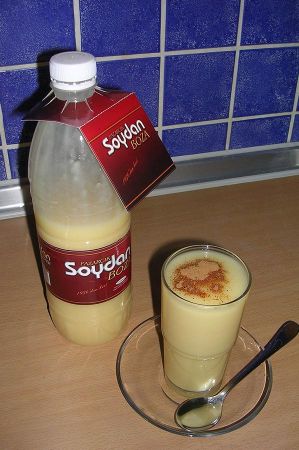 Fermented grain flour in liquid form as a drink was first mentioned in records of the Anatolian inhabitants and also by the Mesopotamians in the 9th and 8th millenniums BC. Later, in the 4th century BC, Xenophon also mentions how the locals made preparations to make this drink, which was then placed in earthenware pots that were buried and allowed to mature. There are references from Akkadian and Sumerian texts describing "boza-like drinks" as fermented millet drinks. Boza later spread across the Caucasus and the Balkans. It enjoyed its heyday under the Ottomans and boza making became one of the most important professions in cities and towns of the early Ottoman period.
Fermented grain flour in liquid form as a drink was first mentioned in records of the Anatolian inhabitants and also by the Mesopotamians in the 9th and 8th millenniums BC. Later, in the 4th century BC, Xenophon also mentions how the locals made preparations to make this drink, which was then placed in earthenware pots that were buried and allowed to mature. There are references from Akkadian and Sumerian texts describing "boza-like drinks" as fermented millet drinks. Boza later spread across the Caucasus and the Balkans. It enjoyed its heyday under the Ottomans and boza making became one of the most important professions in cities and towns of the early Ottoman period.
Sultan Selim II bans the drink Boza
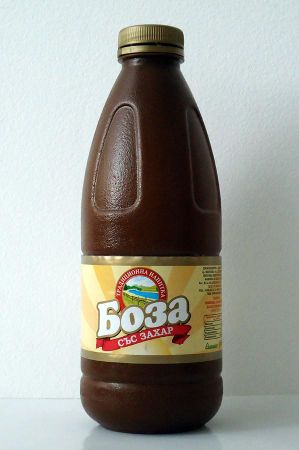 Until the 16th century, boza was drunk throughout the Ottoman Empire, but the custom of the so-called Tartars, who laced boza with opium, aroused the wrath of the religious authorities and so boza was ultimately banned by Sultan Selim II (1566-1574). In the 17th century, Sultan Mehmed IV (1648-1687) banned all alcoholic drinks, including Boza, and therefore all Boza production facilities had to be closed. This ban was strengthened and then relaxed several times over the course of the empire's history. In the 17th century, the Turkish traveller Evliya Çelebi reported that boza continued to be drunk and that there were more than 300 boza shops in Istanbul, employing more than a thousand people.
Until the 16th century, boza was drunk throughout the Ottoman Empire, but the custom of the so-called Tartars, who laced boza with opium, aroused the wrath of the religious authorities and so boza was ultimately banned by Sultan Selim II (1566-1574). In the 17th century, Sultan Mehmed IV (1648-1687) banned all alcoholic drinks, including Boza, and therefore all Boza production facilities had to be closed. This ban was strengthened and then relaxed several times over the course of the empire's history. In the 17th century, the Turkish traveller Evliya Çelebi reported that boza continued to be drunk and that there were more than 300 boza shops in Istanbul, employing more than a thousand people.
The Janissaries and the Boza drink
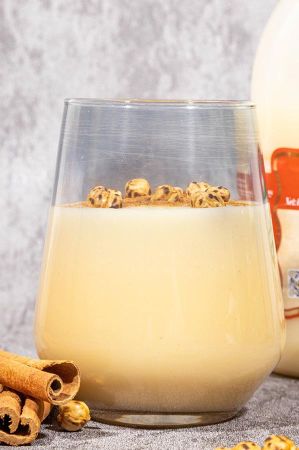 At that time, boza was mainly drunk by the janissaries of the Ottoman army because it contained only a small amount of alcohol. And as long as the Janissaries did not consume it in large quantities to cause drunkenness, it was tolerated on the grounds that it warmed and strengthened soldiers. As Evliya Çelebi explained in the first volume ("Istanbul") of his Seyahatname: "There are a large number of boza consumers in the army. In order to cause an intoxication comparable to that caused by the consumption of wine, boza would have to be drunk in such large quantities that no one would do it. Therefore, one should proclaim wine consumption as sinful and allow Boza."
At that time, boza was mainly drunk by the janissaries of the Ottoman army because it contained only a small amount of alcohol. And as long as the Janissaries did not consume it in large quantities to cause drunkenness, it was tolerated on the grounds that it warmed and strengthened soldiers. As Evliya Çelebi explained in the first volume ("Istanbul") of his Seyahatname: "There are a large number of boza consumers in the army. In order to cause an intoxication comparable to that caused by the consumption of wine, boza would have to be drunk in such large quantities that no one would do it. Therefore, one should proclaim wine consumption as sinful and allow Boza."
In the 19th century, the sweet and slightly alcoholic boza was permitted again in the Ottoman palace and gained increasing popularity, while the sour and more alcoholic type of boza fell out of fashion. In Istanbul's Vefa district, brothers Haci Ibrahim and Haci Sadik founded a Boza store in 1876 near the then entertainment centre in Direklerarası. This boza, with its thick consistency and tart taste, became famous throughout the city and is the only remaining boza store from that era in today's commercial world. This company is still operated today by Haci Sadik and Haci Ibrahim's great-great-grandchildren.
Please read as well:
